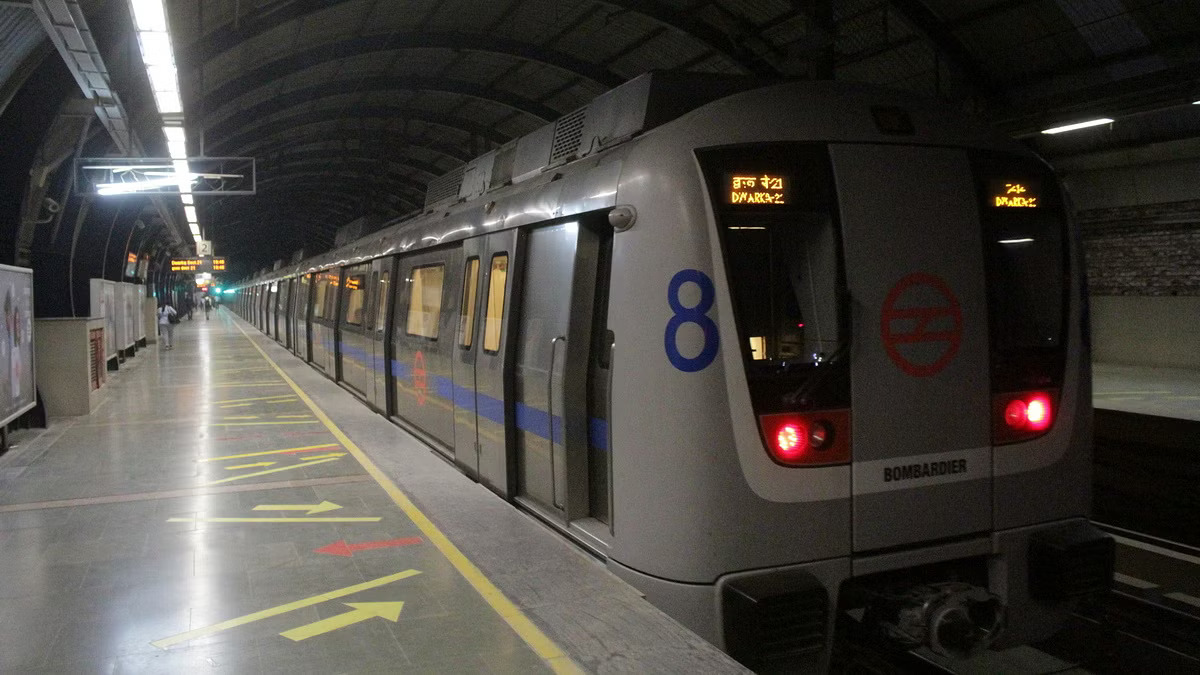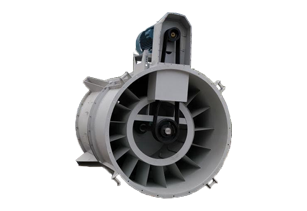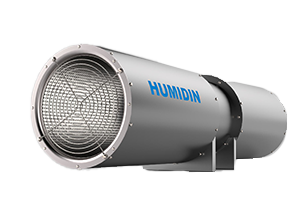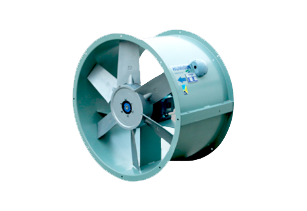
Tunnel Ventilation- Car/ Metro
Tunnel ventilation is critical for a variety of reasons. Typically, ventilation ensures an adequate air quality, controls the spread of smoke in case of fire, and reduces air temperatures to acceptable limits. The function of the ventilation relates to the type of tunnel in question. Vehicular tunnels (road, rail and metro) generally require high air quality during normal operation and smoke control in case of fire. Cable tunnels require cooling, smoke control and a certain amount of air exchange. Mine tunnels and station tunnels also require adequate ventilation for physiological, cooling and smoke control requirements.
- METRO TUNNEL VENTILATION : Underground transport and rail systems become more and more frequent as they allow rapid transit times while transporting a large number of users. The network of high-speed trains and also standard rails are more and more transferred to underground tunnels in order to mitigate the environmental impact.
Both applications need ventilation rates. In Metros the influx of a large number of people and the presence of moving trains generate a reduction of oxygen and an increase in heat and pollutant. Mechanical ventilation is then required to achieve the necessary air exchange and grant users of the underground train systems comfortable conditions. Ventilation systems have a second and even more important purpose. That is to guarantee safety in case of fire emergency. In order to create a safe and clean environment for escaping mechanical ventilation both in tunnels and in the stations is activated. In rails the ventilation of tunnels is mainly dedicated to fire emergencies where it is vital to keep under control the smoke propagation and create safe areas and clear environment for the users. - CAR TUNNEL VENTILATION : Vehicles on the open road create emissions which are diluted and dispersed through natural surface air flows. Road tunnels create an enclosed space around vehicles where emissions from the vehicles can build up to unacceptable levels without an engineered ventilation system to replace natural surface air flows. The basic principle of tunnel ventilation is dilution of vehicle emissions by providing fresh air and then removing the exhaust air from the tunnel. The exhaust air can be removed via a portal (a location where the tunnel carriageway opens up to the surrounding environment), via a ventilation outlet (such as a stack), or via a combination of both.
- Types of ventilation system
- LONGITUDINAL VENTILATION : Longitudinal ventilation in its simplest form comprises of fresh air introduced within the entry portal and exhaust air expelled out of the exit portal. The pollution level increases along the tunnel because this is the direction of air flow, and vehicles continue to generate emissions as they pass from one end to the other. In reality, tunnels in urban areas of Australia are normally graded downhill at the start of the tunnel and then uphill toward the exit, as they generally pass through relatively flat terrain.
The relatively high engine load on the uphill section tends to result in higher exhaust emissions near the end of the tunnel. The design of a longitudinal ventilation system is dictated by the allowable pollution limit inside the tunnel. The way this is controlled is by ensuring that the volume of fresh air coming into the tunnel at the entry portal adequately dilutes the pollutants. This air volume can be induced by the vehicles, and is sometimes referred to as the ‘piston effect’. For longer tunnels the air flow can be supplemented by ventilation fans in cases when the traffic speed is inadequate to generate sufficient portal inflow to keep pollutant levels below the allowable limit. - TRANSVERSE VENTILATION : Transverse ventilation works on the same principle of dilution and removal as longitudinal ventilation, but the supply of fresh air and the removal of exhaust air occurs across the tunnel (ie transversely). This system requires two ducts along the length of the tunnel, one for the supply of fresh air and one for exhausting polluted air.These ducts can be located both at high level or low level in the tunnel, or one at low level and one at high level. Transverse ventilation has been used in the past where longitudinal ventilation could not adequately manage tunnel pollutant levels due to much higher pollutant levels in tunnels. Transverse ventilation is also effective in bi-directional tunnels (where vehicles are travelling in both directions in the same tunnel). For these traffic conditions, the piston effect is cancelled out and the pollutant levels are more evenly distributed along the tunnel length.
- SEMI- TRANSVERSE VENTILATION : Semi-transverse ventilation is a combination of both longitudinal and transverse ventilation. Fresh air can be supplied from the portals and be continuously exhausted along the tunnel through a duct along the length of the tunnel. Alternatively, fresh air can be continuously supplied along the tunnel via a duct along the length of the tunnel and exhausted out of the tunnel via the portals or a stack.
- LONGITUDINAL VENTILATION : Longitudinal ventilation in its simplest form comprises of fresh air introduced within the entry portal and exhaust air expelled out of the exit portal. The pollution level increases along the tunnel because this is the direction of air flow, and vehicles continue to generate emissions as they pass from one end to the other. In reality, tunnels in urban areas of Australia are normally graded downhill at the start of the tunnel and then uphill toward the exit, as they generally pass through relatively flat terrain.






